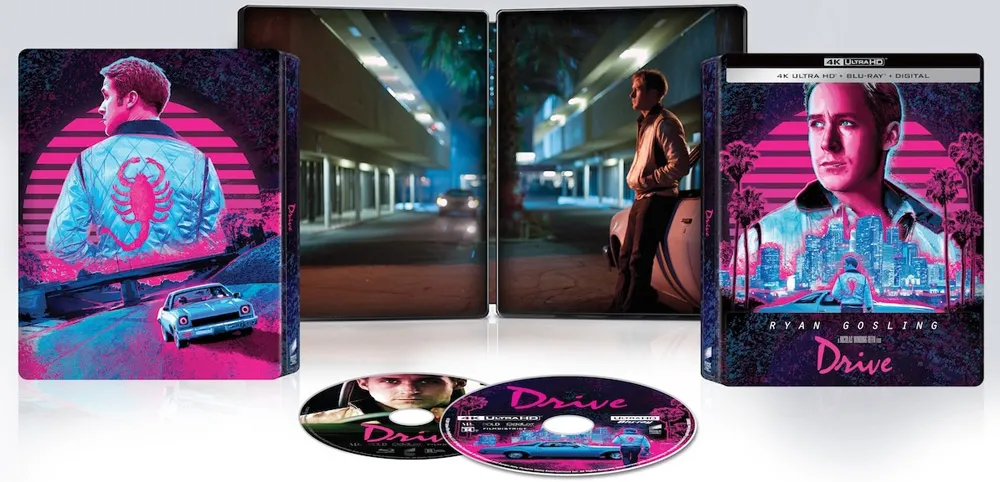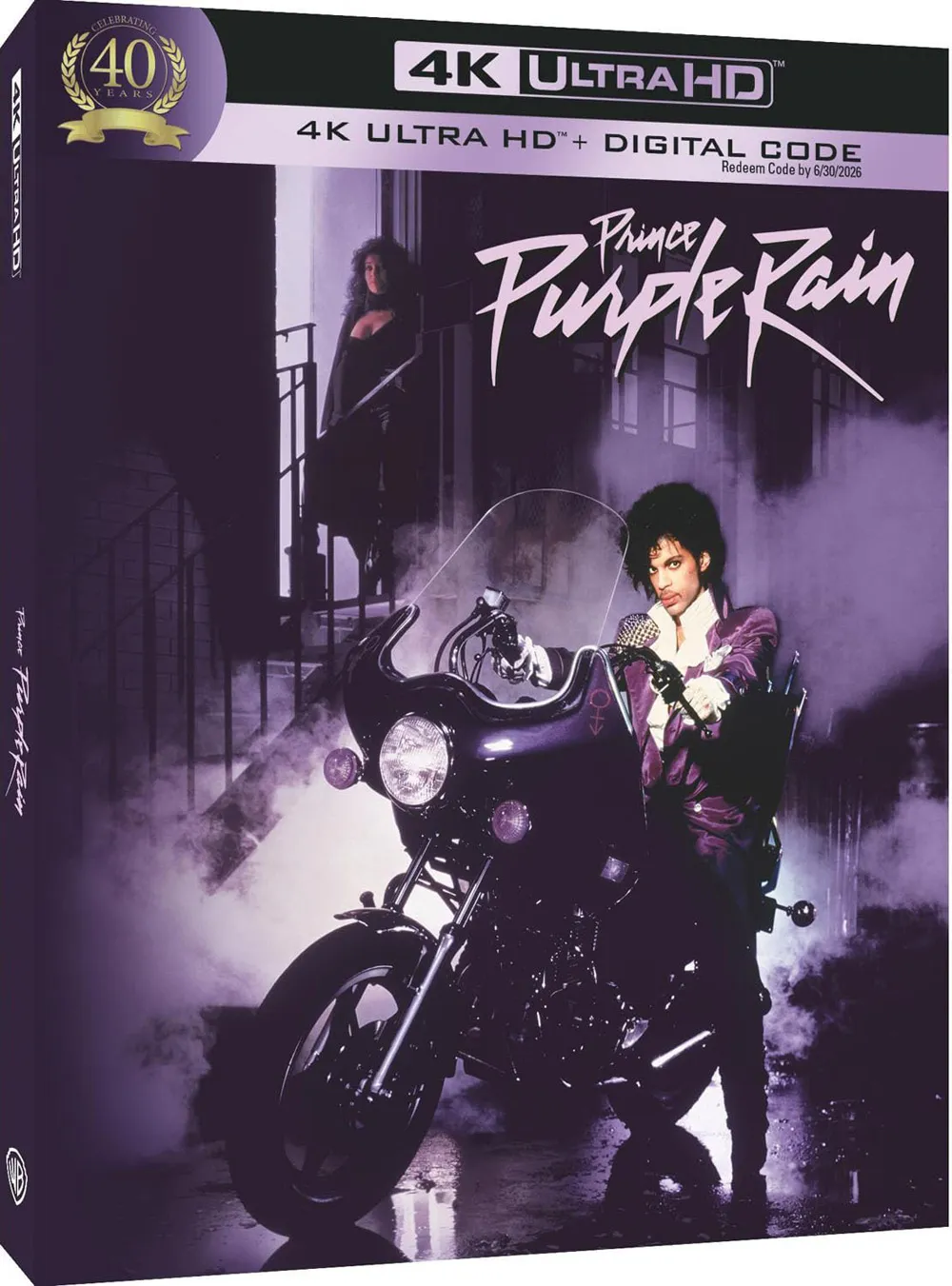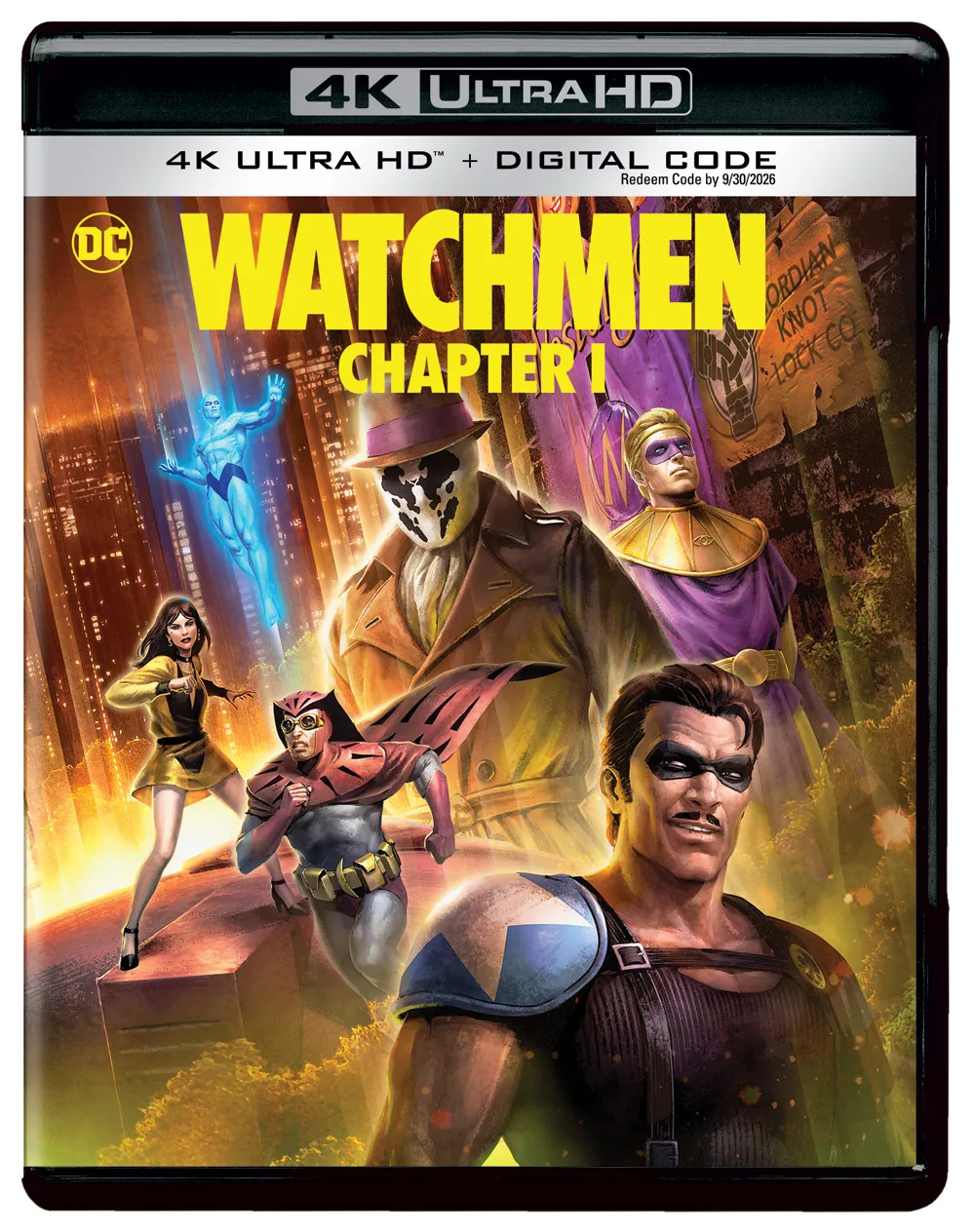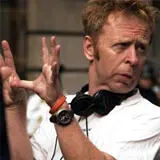 Pete Travis is a director who has defied the odds. As the director of last year’s beautiful and brutal Dredd, he not only took on a film that had been in development for over half a decade, he was also able to do the character and his universe justice, something that no one thought possible after the cinematic vomiting that is 1995’s Judge Dredd. I had a chance to speak with Pete about Dredd and all the work that went into one of my personal favorite films of last year.
Pete Travis is a director who has defied the odds. As the director of last year’s beautiful and brutal Dredd, he not only took on a film that had been in development for over half a decade, he was also able to do the character and his universe justice, something that no one thought possible after the cinematic vomiting that is 1995’s Judge Dredd. I had a chance to speak with Pete about Dredd and all the work that went into one of my personal favorite films of last year.
I’m curious as to what drew you to tackle Dredd? It’s a property that, while beloved, had been done before fairly unsuccessfully.
I fell in love with the script. Alex (Garland)’s script brought Dredd to life in a really extraordinary way. He’s not a super hero. He doesn’t have an alter ego. He’s just as (Judge Dredd creator) John Wagner described him as, “a good guy and a bad ass.” Its and irresistible combination and that’s what drew me to it.
There’s definitely something human about the character that’s lacking in most superheroes.
Yeah. It’s no secret that when John created him it was around the time of Dirty Harry and there are lots of similarities. If you like Clint (Eastwood) in that film, then you’ll love Karl (Urban) in Dredd.
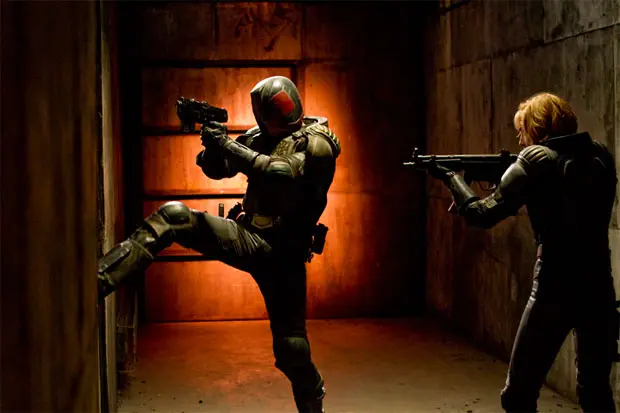
Where did the decision to shoot Dredd in 3D come in? Was it envisioned that way from the start?
It was before I got involved. I was sent the script and they said, “We’re making it and it’s going to be in 3D.” So, you have that as an idea and if you’re very, very lucky you get an extraordinary cinematographer like Anthony Dod Mantle to come on board and totally fall in love with the idea of 3D. It was like working with someone at the beginning of cinema, really. He was so excited by it all-around and its possibilities and it became a really extraordinary experience because of him and the great crews that we worked with. I think the 3D cinematography in the film is really groundbreaking.
I completely agree.
Especially the stuff that is in super, super high speed; the slo-mo scenes. That’s never really been done before. Anthony even invented his own little 3D camera. There’s a fight sequence between the Judges that’s all shot on a little hand held 3D camera where the lenses are barely bigger than your hand. It’s really extraordinary.
It’s by far some of the most amazing use and execution of 3D that I’ve seen in a film.
Yeah. Maybe I’m being conceited to say that, but I wouldn’t disagree. It seems to have made it come alive in a way that I never imagined it could. You’re always worried when you are trying to make something real and that you need to have it feel real at the same time and I think we’ve managed to make something that feels very real and very hard and tough and also something that’s extraordinarily useful.
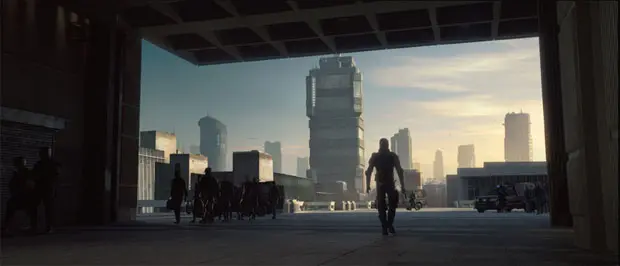
It almost has a tangible quality to it. Like you could reach out and touch it and actually live in that world.
Exactly! That was always how we saw the future. That was always the central thing of Alex’s script. It felt like the future but it still felt like you could reach out and touch it.
In a way it’s kind of a “be careful what you wish for” type of film. It’s zero tolerance taken to extremes. It’s a world without control that has become a fascist police state and the Judges are “judge, jury and executioner”. We all get so terrified by violence that it’s easy to see how that kind of a world could come about.
It’s something that’s scary to think about, especially considering how easily it could actually happen.
And that’s part of the appeal of doing it. It’s a great ride, a really great ride and a great kick ass action movie but it’s also about as smart. It’s actually about something. All of the original Judge Dredd comics, they were the same. They all came out of a particular period and had the same point of view.
There are some eerie parallels to current events that Dredd almost works as a sort of “warning shot”.
Exactly! That’s exactly what it is.

There are so many films out nowadays trying to cash in on that “80’s Action” nostalgia, but none of them really quite nail it. Dredd nails that feeling in an almost effortless way. Do you have affection for that era and type of filmmaking or was it purely organic?
Yeah, those 70’s and 80’s intelligent action films. We spent a lot of time together as a team, all of us, watching films together at the beginning and films from that period were very prominent during those viewings. It’s also, when you’re doing something in 3D, it’s a whole different aesthetic. You can’t cut things really quickly. You can’t throw the camera around like it’s a handheld toy. I think that’s partly why it looks like it does because it’s got some of those things from that period. It’s funny, when I read the script, it almost felt like that, even just from reading it. Even without descriptions of shots it still had that quality and it reminded you of films from those times. It’s not too dissimilar from Assault on Precinct 13. It has simplicity to its narrative that allows you to just follow the characters and allows the action to build and build and build within a quite simple framework. Sometimes simple storytelling is the best thing in cinema, I think.
As do I. I was relieved with the action scenes in Dredd being longer cuts and having a deliberate pacing to them, providing a clarity and scope to the film that most modern action films severely lack due to their reliance on close-ups and “shaky cam” techniques.
No, it was fun for me. I’ve done a lot of the “shaky cam”, fast cutting in the films I’ve done and it was a lot of fun to do something in a very different way. It’s really exciting. You look at those films from those periods and they have a kind of elegance and a beauty about them that we’ve kind of lost. I think we were all trying to be referential and reflect having been inspired by some of those ideas. Something about wanting to make “violence look beautiful” and to do that in a way to make yourself immersed in this amazing experience of something that’s almost hypnotically beautiful and then you realize you’ve just watched someone having their face blown off. What would that make you think about? You go, “Oh, I just loved that! Wait, did I just love that? I loved that and that guy’s face just got blown off!” It’s amazing.
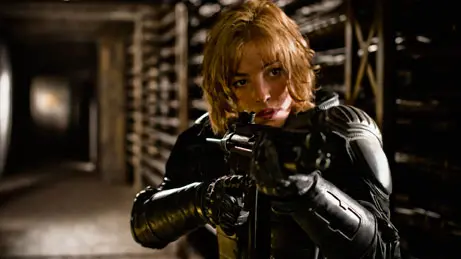
You brought up watching films for inspiration. Dredd’s landscape finds this nice medium of being futuristic while still maintaining a true sense of realism. What films, if any, did you guys look at as points of reference or inspiration for that aspect of the film?
One of the film’s that influenced a lot was District 9.
I can definitely see that.
Part of that was shot in South Africa. That was one where the future was still kind of real. There was also this Italian movie about the Mafia called Gomorrah. It’s very brutally realistic and almost documentary-like in its scariness. It’s not set in the future, but things like that are the kinds of things we were looking at. It’s that thing like you said where the future seemed like it was just within reach. We didn’t want flying cars and stuff like that. We wanted it to be in the future, but not so far away.
Definitely. I feel like there’s also a similar look and mindset shared with director Rian Johnson’s latest film, Looper, with both ideas of the near future sharing this mixture of low-tech and hi-tech. It also recalls Brazil and some aspects of Dark City.
Exactly. It’s exactly that. Even The Hunger Games is not too dissimilar in some ways. There’s a whole aesthetic, I think, of “the future as the past” and that low-tech of that. We went with that because that felt “hard.” We didn’t want it to be escapist. You’ll enjoy the movie; it’s a ride. I’ve watched it with audiences and it’s a huge ride and you want it to be fun. It’s exciting and funny in places and dark and the actions very kick ass but at the same time you don’t want to feel like you’re dropping out of something that’s not realistic. I think sometimes with graphic novel and comic book adaptations people have made choices that have made them more fantastical than the choices we’ve made. We all come from a world where we wanted it to be real and truthful.

Yeah, and that goes along with what I mentioned before in regards to the 3D. The setting feels alive; like you could step into that world very easily.
Right, and some of the uses of the 3D come about from something that’s really very simple. The first beautiful image that you see before you’ve seen any of the Slo-mo is when you see Ma-Ma (Lena Headey) in the bath. It’s just a woman putting her hand down in the water and it just looks unbelievable. You think, “That can’t just be somebody sitting in the bath!” It’s really extraordinarily photographed. All of those sequences are this combination of teamwork; the cinematography, the visual effects, the design, the acting, the speed. One of the funny things I learned high speed cinematography is that everything has to be done much faster than normal. You’re filming at such high speeds that if you do it normal speed it would take too long. You end up with someone moving their hand into the water ten times faster than they normally would be. For it to work that slowly, it’s a real mind bender!
It is really strange how that works.
We were lucky enough to have Anthony Dod Mantle, the extraordinary cinematographer, who had done a lot of high speed cinematography work before. He just really made it sing. All of the beauty of that is his genius. The different layers, that combination of him and the visual effects team and the way they put that stuff together it was just a dream.
In regards to the acting side of the film, how long was it before you realized that Karl Urban was who you wanted to be Dredd?
Well, it sounds almost conceited but we knew as soon as we had met him. Alex, Andrew and I met him in LA and almost the first thing he said to us was, “I’m not doing it if I have to take the helmet off.”
(Laughs) Excellent!
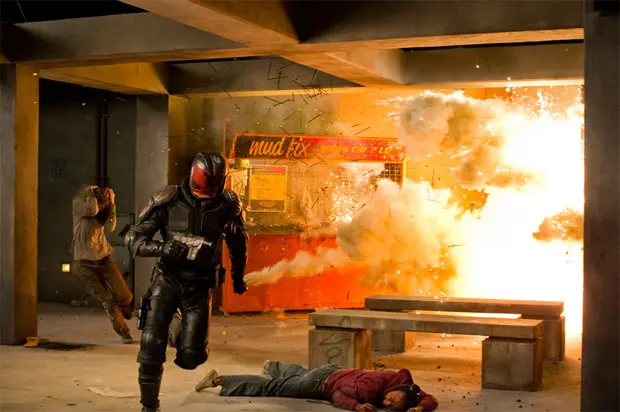
He brought in some comics that he had when he was younger and he just seemed to know instinctively who the man was. He had a sort of sixth sense understanding of how to play him, how he would react. We were all blown away. Then I really remember all of us hearing his voice at the read through and thinking, “wow!” He wasn’t even wearing a costume. He seemed to have this extraordinary stillness about him that I think makes you really want to see what’s going on behind the helmet. That’s an extraordinary skill. Most actors would be terrified of acting in something where you can’t see their eyes. The eyes are everything and here Karl wasn’t remotely fazed by that. For him it was an exciting challenge and a total necessity. With Judge Dredd, it’s all about faceless justice. So, you can’t see his face! It’d be like having a Superman movie and he doesn’t fly. That’s not what should happen. I find myself watching it and loving the fact that I can’t see his eyes because I am totally intrigued by who he is.
It’s something so different than what most movie goers are used to seeing. The blockbuster comic book movies can’t wait to get the mask off of the star.
Right. I think there’s also something to those heroes that don’t speak much but solve terrible situations by their actions. Cinema’s history is littered with them and those are the ones we love. From John Wayne through countless Westerns to Clint Eastwood; all of those people who have done something beautifully by really doing nothing. Karl did that extraordinarily and it was a beautiful thing to watch.
It is pretty incredible how quickly he becomes that character. It’s like the moment he’s on screen, that’s Judge Dredd.
I think as soon as he puts the helmet on. You see him from behind, wrapping his bloody hands in gauze. You see the scars on him as he puts his jacket on and then the helmet. It’s like even then, before you’ve even seen his face, you already sense the presence of the man.

Despite the box office numbers, Dredd was a critical success. With a strong Blu-ray and DVD push (editor’s note: it has been selling strong at Amazon.com for weeks), do you see the Dredd universe being revisited, possibly even beyond film into another format?
I don’t know about that. I really hope Alex gets another chance to tell some of the other stories he wants to tell with Dredd. I think the comic is such a rich place. Some of the comic stories are really extraordinary and even epic, some of them. It would be really exciting to see where Alex would take him and where Karl could take him with some of those big epic stories given the chance. I don’t know really about the other things but I would just hope they get a chance to make more films.
As do I. I’d love to see another Dredd film in this universe. What’s coming up next for you that fans can look forward to?
I’ve got a serial killer film I might be doing this year and a small, sort of different story I’m doing. There was a movie called Get Carter, the original with Michael Caine. The guy (author Ted Lewis) that wrote the book that that was based on wrote a similarly hard, brutal kind of story that doesn’t quite have a name yet but has an amazing script and I’m hoping I can do that this year.
– Matt Hardeman
Dredd is now available on Blu-ray 3D combo from Lionsgate Home Entertainment. Go get it!
